HMI vs LED Lights for Filmmaking: Which is Better?
Choosing the right lighting for your filmmaking can be a big task, especially when it comes to deciding between HMI and LED lights, and understanding the differences between them can help you make an informed decision about whether they are right for your production.
Understanding the Differences Between HMI and LED Lights
HMI and LED lights have distinct differences in how they function. HMI, or hydrargyrum medium-arc iodide lights, operate through a chemical reaction of mercury vapour mixed with metal halides to produce light, and as a result are known for their high output and colour accuracy, making them ideal for outdoor shoots and large-scale productions. On the other hand, LED lights are more energy-efficient and versatile, allowing for greater control over colour temperature and intensity, especially in filmmaking.
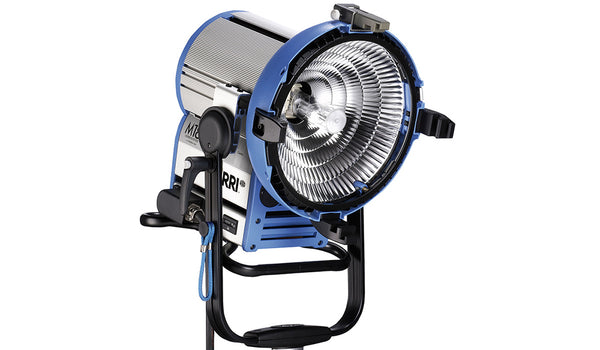
ARRI are a popular HMI lighting brand, the most popular of which are M-series. These are PAR lights, or Parabolic Aluminized Reflectors, which means it has a bulb inside a semi-circular housing that directs the light forward to give a more total output. PAR lights focus and flood the light by moving the bulb in relation to the reflectors around them, so there is less light loss. You can go from 20° to 60° beam at the twist of a knob.
The ARRI M18, for example, is a filmmaking workhorse. It plugs into the wall, requiring well under the typical 20 amps of current most household circuits are rated for, and generates a huge 1,800w of power: 22,950 lux at 7m with a 15 degree reflector. This is often used to replicate the sun or light up a 10x10 scrim. You can bounce it off a 6x6 frame 20 feet from your subject and still have plenty of light to work with.

A great example of a powerful LED lights, however, is the KNOWLED MG1200 BiColour. This 1400w LED light produces 78,800 lux at 3m, and can be dialled to adjust the colour temperature from 2800-6500K, and is built with a range of effects included, such as thunder, broken bulbs, candles, fireworks and more.
It’s compatible with the Godox Light App for easy remote control via a smartphone, and also has an IP54 rating making it suitable for use in rain.
Lighting modifiers are available for the KNOWLED MG1200BI such as reflectors (in 15, 30, and 60 degree options), and softboxes, built to fit the MG1200 specifically.
Pros and Cons of HMI Lights for Filmmaking
Pros:
- HMI lights are a popular choice for filmmakers due to their high output and colour accuracy.
- They are ideal for outdoor shoots and large-scale productions, as they can provide a lot of light without overheating.
- HMIs are great for recreating the sun, illuminating larger spaces, or where you need a hard, bright light source.
Cons:
- They can be expensive and require a lot of power, which can be a challenge on location shoots.
- They can take time to warm up and cool down, which can slow down production.
- HMI bulbs have a relatively short lifespan and are expensive to replace.
- HMIs also have a fixed colour temperature.
- HMIs can also be dangerous if not handled properly due to the high power requirements and the fragile nature of the bulbs.
Overall, HMI lights are a great choice for filmmakers who need high-quality lighting for large-scale productions, but may not be the best option for smaller projects or those on a tight budget.
Pros and Cons of LED Lights for Filmmaking
Pros:
- LED lighting benefits from efficiency, portability, and versatility. They are a great choice for smaller productions or those on a tight budget, as they are often more affordable than HMI lights.
- Their energy efficiency also makes them much cheaper and environmentally friendly to run than HMIs.
- LED lights also have a longer lifespan and require less maintenance than HMI lights.
- LEDs also have colour temperature and brightness settings which can be easily changed based on the needs of the scene.
- HMI lights can get very hot, while LEDs don't produce as much heat. This means LEDs can be placed closer to talent, and there's no need to worry about them getting too hot and causing discomfort or damage. They are also safer to use as a result of this.
- LEDs can also be powered by mains or battery if needed.

Cons:
- LEDs may not be as powerful as HMIs, which can be a challenge for outdoor shoots or large-scale productions.
Overall, LED lights are a great choice for filmmakers who need a portable and affordable lighting solution, but may not be the best option for those who require high-quality lighting for larger productions.
HMI remains unbeatable in terms of brightness for now, however, for their size and heat generated, and with technology progressing rapidly, it seems that LEDs may completely take over HMI when they can reach similar power outputs.
EssentialPhoto is an Official Godox Partner and trusted UK Distributor, stocking the widest range of Godox kit in the UK. We offer a 2 Year Warranty* across our lighting ranges and Customer Support and after-sales repair at our Birmingham-based store.








































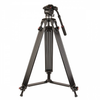
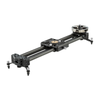
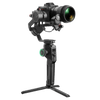
















































































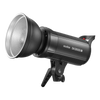
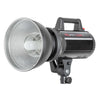
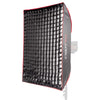
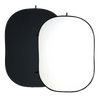
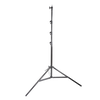
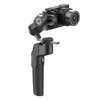

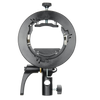
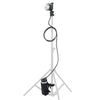
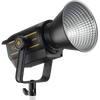
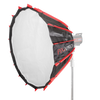
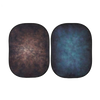
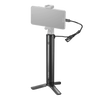
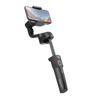
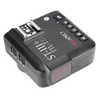
.png?v=1684397912078)









